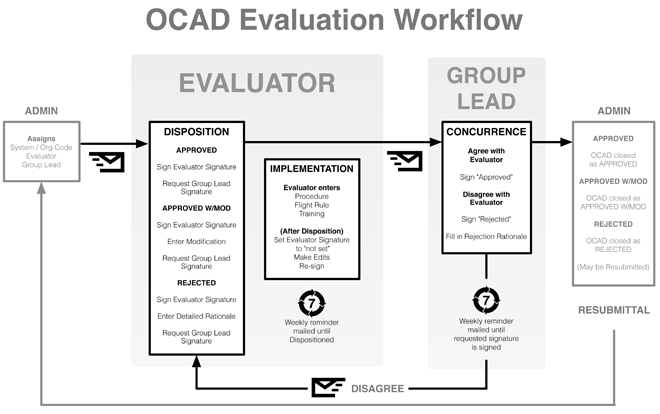
Understanding Complex Problems
The domains we deal with are extremely deep, having complexity not just in their technical scope, but their associated bureaucratic processes. Every project begins with on-site contextual inquiry, getting to know how things are really run, followed by thorough documentation and modeling.
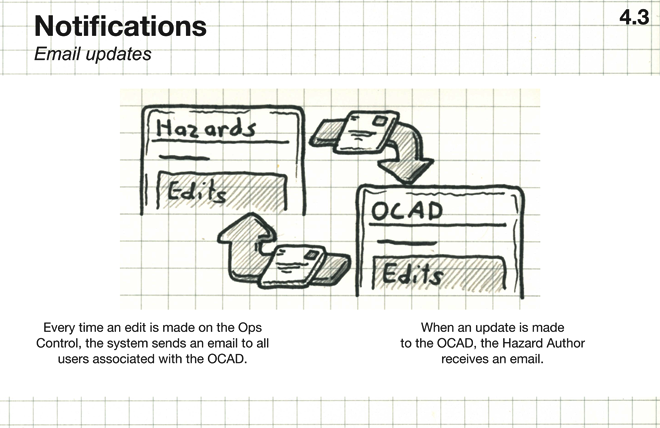
Iterate and Validate
Our preliminary designs go through several cycles of validation and testing, often through the use of speed dating (quickly gauging users' reactions to several short, simple prompts) and storyboarding.
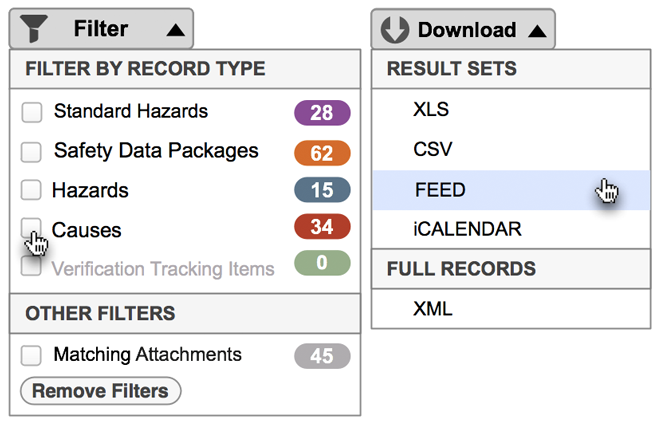
Pixels and Processes
Once we fully understand the users' process and have vetted initial concepts, we decide on a final design. That design could be anything from adjusting a work flow, to a useful new widget, to creating an entirely new system.
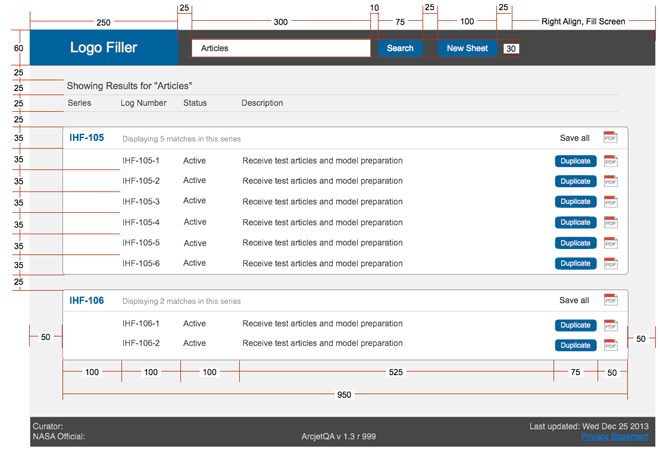
Space Specs
Once the users are onboard with a solution, we work closely with our developers, generating specs and working collaboratively to implement them. Designers also author quality assurance tests, often running them alongside full-time QA testers.
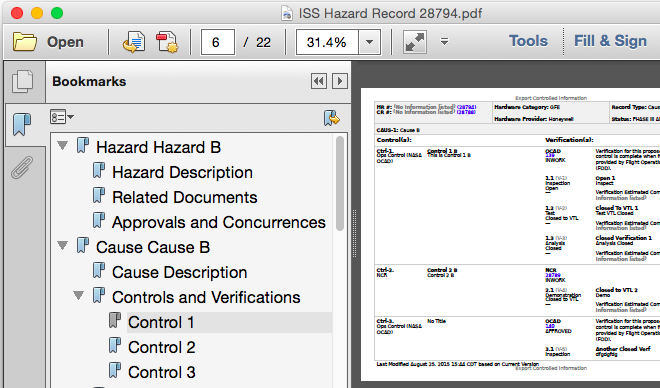
Leaving Room For Delight
Being involved with every step of the design process and working so closely with user communities, developers, and testers often creates unique opportunities – for example, auto-generating a table of contents for all of our PDF exports. It's a simple feature that will do a world of good, and wouldn't have been possible without directly observing the users, partnering with developers, and a sense of shared purpose across the team.
Date
September 2012 – Present
Clients
NASA Ames Research Center
International Space Station
Techs
Selenium
Graffle
Excel
Skills
Project Management
Client Communication
Contextual Inquiry
Iterative Design
Storyboarding
Design Specification
Quality Assurance Testing
User Training and Support